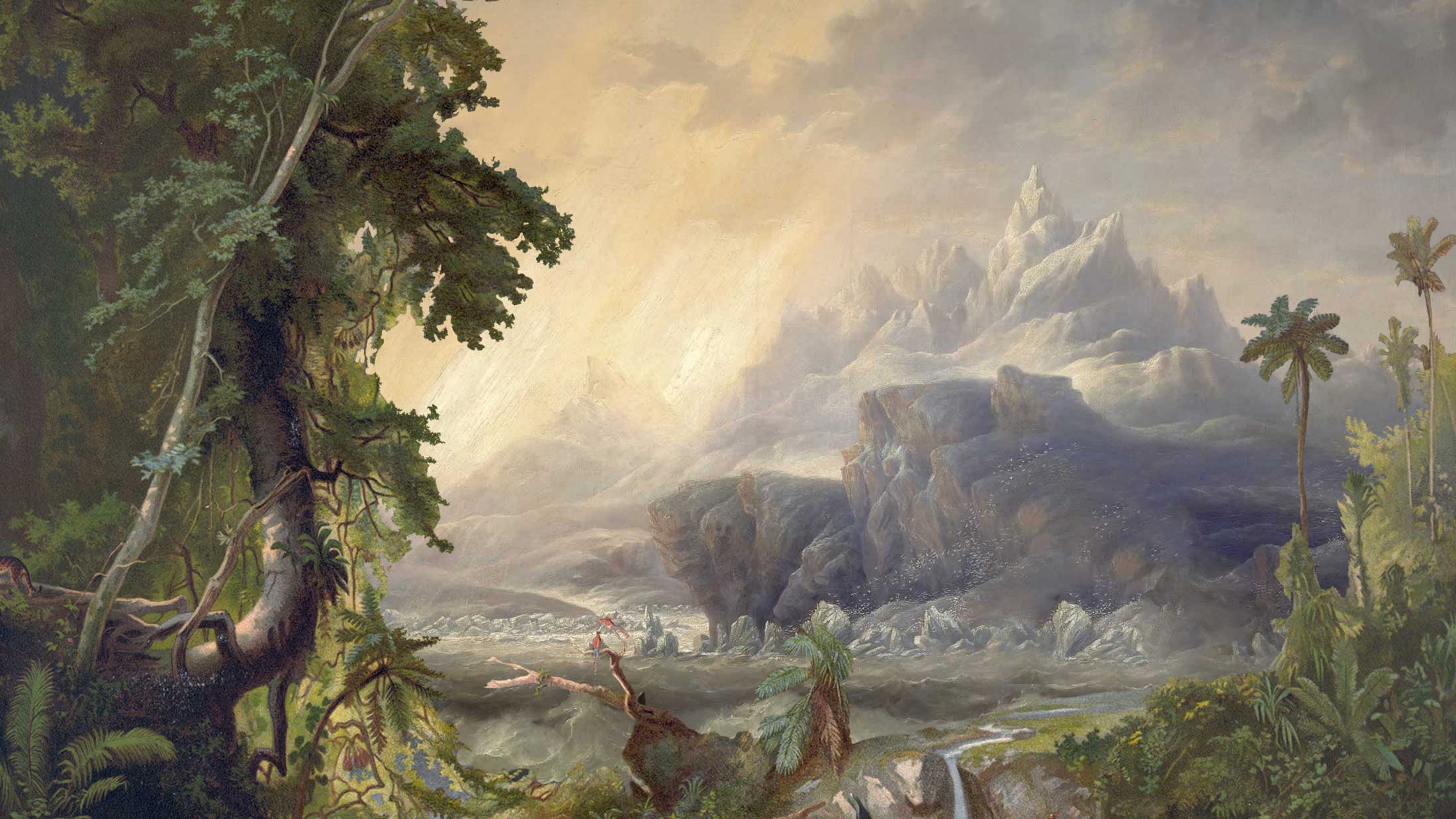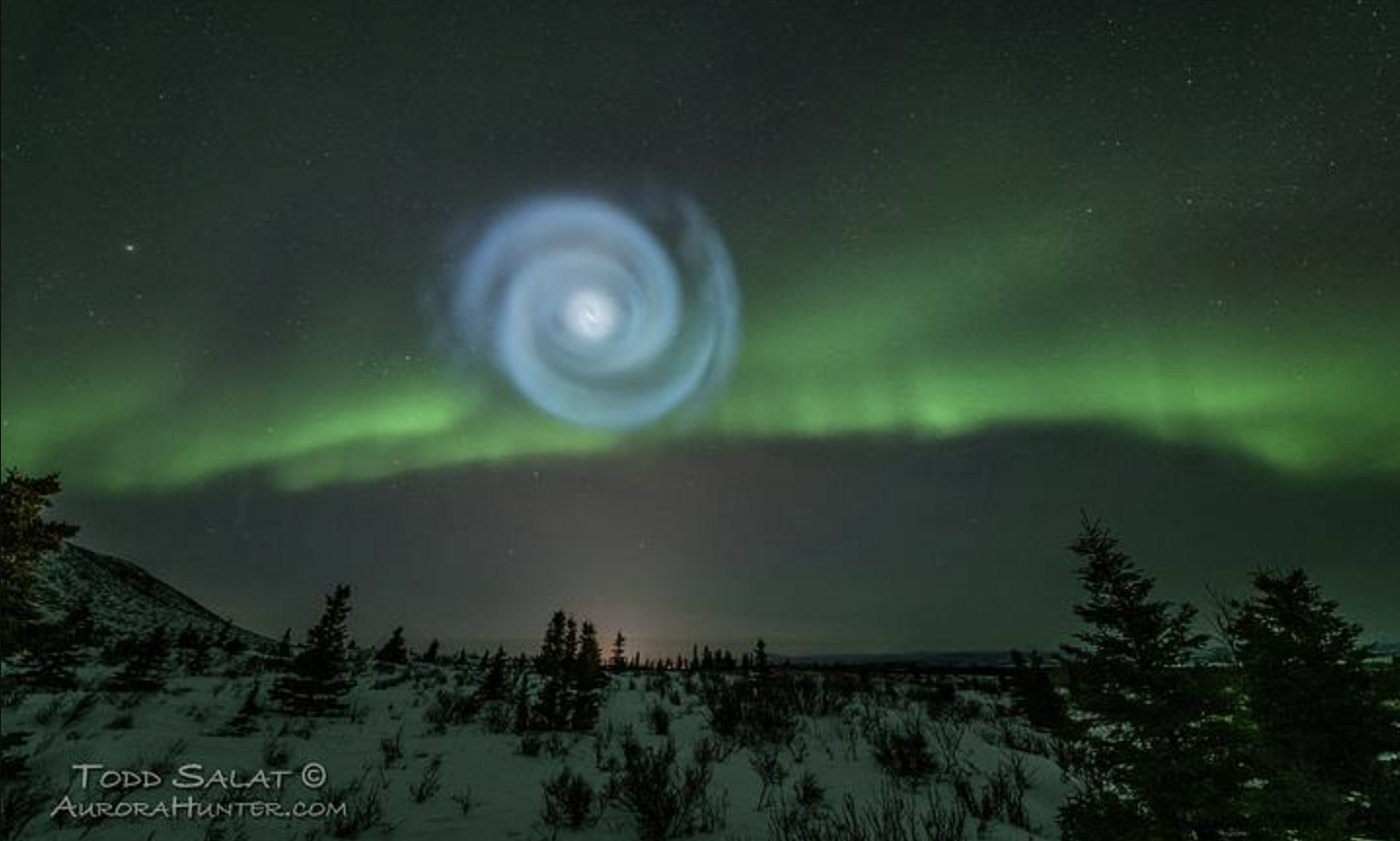How Earth’s Icy Outpost Was Once a Flourishing Green Haven
Introduction
Imagine a time when the frozen continent of Antarctica was carpeted in lush, tropical rainforests teeming with life. This seemingly improbable scenario was indeed the reality approximately 90 million years ago during the Middle Cretaceous period. At that time, atmospheric CO2 levels were sky-high, causing global temperatures to soar, polar ice to melt, and ocean levels to rise over 170 meters above today’s levels. In this article, we will explore the evidence behind this fascinating chapter of Earth’s history and shed light on the factors that contributed to the transformation of Antarctica’s landscape.
The Middle Cretaceous Period: An Era of Dramatic Change
Greening of the Ice
During the Middle Cretaceous period, the Earth experienced a significant shift in its climate. Greenhouse gases accumulated in the atmosphere, trapping heat and raising global temperatures. This change in climate had a profound effect on Antarctica, causing the ice to recede and reveal a dense, flourishing rainforest ecosystem.
A Carbon Dioxide-Driven World
One of the primary drivers of this warming trend was the elevated levels of carbon dioxide in the atmosphere. These levels were several times higher than today’s concentrations, which contributed to a greenhouse effect that intensified the planet’s warmth. The increased temperatures led to a dramatic melting of polar ice, exposing vast expanses of fertile land that soon became the lush, tropical rainforests we now associate with the Middle Cretaceous period.
Uncovering the Fossil Evidence
Piecing Together the Past
In recent years, scientists have discovered compelling evidence supporting the notion that Antarctica was once covered in rainforests. Fossilized remains of plants, pollen, and even dinosaur bones have been unearthed, painting a vivid picture of the prehistoric landscape.
Plant Fossils and Pollen
Fossilized plant remains and pollen grains found in sediment cores extracted from the Antarctic seabed provide critical insights into the continent’s ancient vegetation. These findings reveal a diverse array of plant species, including ferns, conifers, and flowering plants, which collectively indicate the existence of a thriving rainforest ecosystem.
Dinosaurs in Antarctica
In addition to plant fossils, paleontologists have uncovered dinosaur bones in Antarctica, further supporting the idea that the continent was once a lush habitat teeming with life. Among the discoveries are the remains of long-necked sauropods and meat-eating theropods, which would have roamed the dense forests millions of years ago.
The Forces Behind Antarctica’s Transformation
The Breakup of Gondwana
The story of Antarctica’s rainforests is intrinsically tied to the supercontinent of Gondwana. Around 180 million years ago, Gondwana began to break apart, eventually giving rise to the continents we know today. As the landmasses drifted, Antarctica moved southward, eventually reaching its present location at the South Pole.
Gradual Climate Change
The gradual shift in Antarctica’s position played a key role in the disappearance of its rainforests. As the continent drifted toward the South Pole, it experienced a decline in temperature and increasing ice accumulation. Over millions of years, the once lush rainforests succumbed to the encroaching cold, ultimately giving way to the frozen landscape we see today.
Lessons From the Past: Climate Change and Our World
A Warning From History
The story of Antarctica’s rainforests serves as a stark reminder of the power of climate change to reshape our world. As we grapple with the challenges of global warming in the present, understanding the factors that contributed to the dramatic transformation of Antarctica’s landscape can help us make more informed decisions about our own future.
The Importance of Reducing Carbon Emissions
One of the most critical lessons from Antarctica’s rainforest history is the role of carbon dioxide in driving climate change. The elevated CO2 levels of the Middle Cretaceous period contributed significantly to the greenhouse effect, causing the dramatic rise in global temperatures that made Antarctica’s rainforests possible. Today, human activities such as burning fossil fuels and deforestation have led to a steady increase in atmospheric CO2 concentrations. In order to mitigate the effects of climate change and prevent further damage to our planet, it is essential that we work together to reduce carbon emissions and transition to more sustainable energy sources.
The Future of Antarctica and Global Climate
While Antarctica’s current ice-covered state seems like a permanent fixture, the planet’s history teaches us that nothing is set in stone. As global temperatures continue to rise, polar ice caps are at risk of melting at unprecedented rates, which could lead to rising sea levels and dramatic changes in ecosystems worldwide. By studying the past, we can better understand the potential consequences of our actions and work together to create a more sustainable future for our planet.
Conclusion
Antarctica’s lush rainforests of 90 million years ago may seem like a distant memory, but the evidence left behind in fossils and sediment cores provides a crucial window into our planet’s past. By understanding the forces that shaped Antarctica’s ancient landscape, we gain valuable insights into the complex interplay of climate, geology, and biology that has shaped our world. As we confront the challenges of climate change today, the story of Antarctica’s rainforests serves as a potent reminder of the power we wield in shaping our planet’s future. By learning from the past, we can make more informed decisions, adopt sustainable practices, and work collaboratively to preserve our world for generations to come.
The history of Antarctica’s rainforests is not only a fascinating tale of Earth’s ever-changing landscape, but also an essential lesson in the importance of understanding and addressing climate change. As we face the challenges of global warming, let us use the knowledge gleaned from the past to make a positive impact on our planet, ensuring that future generations can enjoy a healthy and thriving world.
📚📖 Make sure to join Ancient Library on Telegram, and become part of a unique group 👉🏻 https://t.me/theancientlibrary
If you want to help us out and support the page, you can buy us a coffee ( we really appreciate it) 👉🏻 https://www.buymeacoffee.com/ancientlibrary
I am the Librarian, and I, together with the guardians of the Ancient Library, curate content for this site. Welcome, and enjoy your stay.





